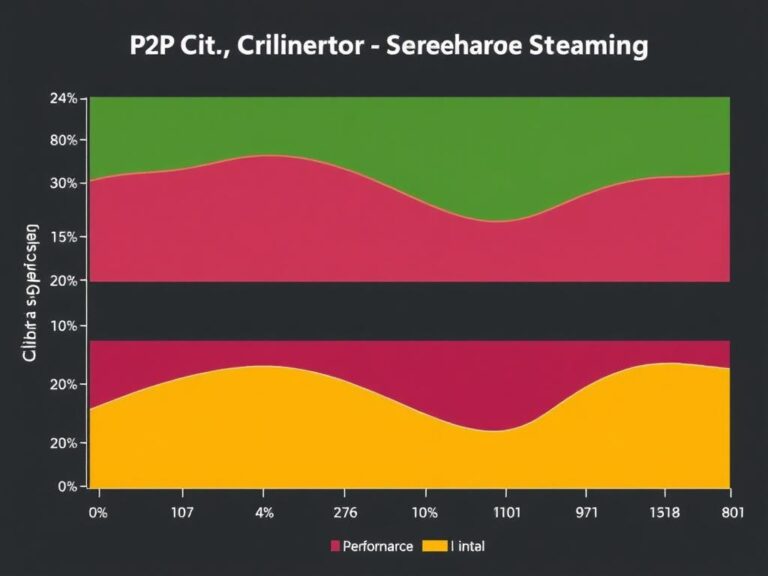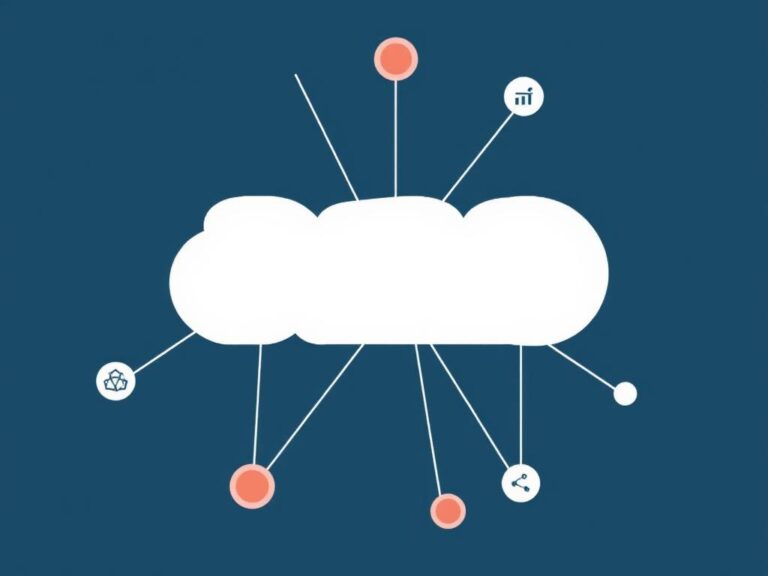What is P2P Software? Key Principles and Definitions Explained
If you’ve ever wondered how people share files directly between computers without relying on a central server, then you’ve already encountered the fascinating world of P2P software. Peer-to-peer (P2P) technology has transformed how we communicate, share data, and even collaborate online. But what exactly is P2P software, and how does it work? In this article, we’ll explore the fundamentals of P2P software, its key principles, and some important definitions to give you a clear understanding of this revolutionary technology.
Understanding the Basics of P2P Software
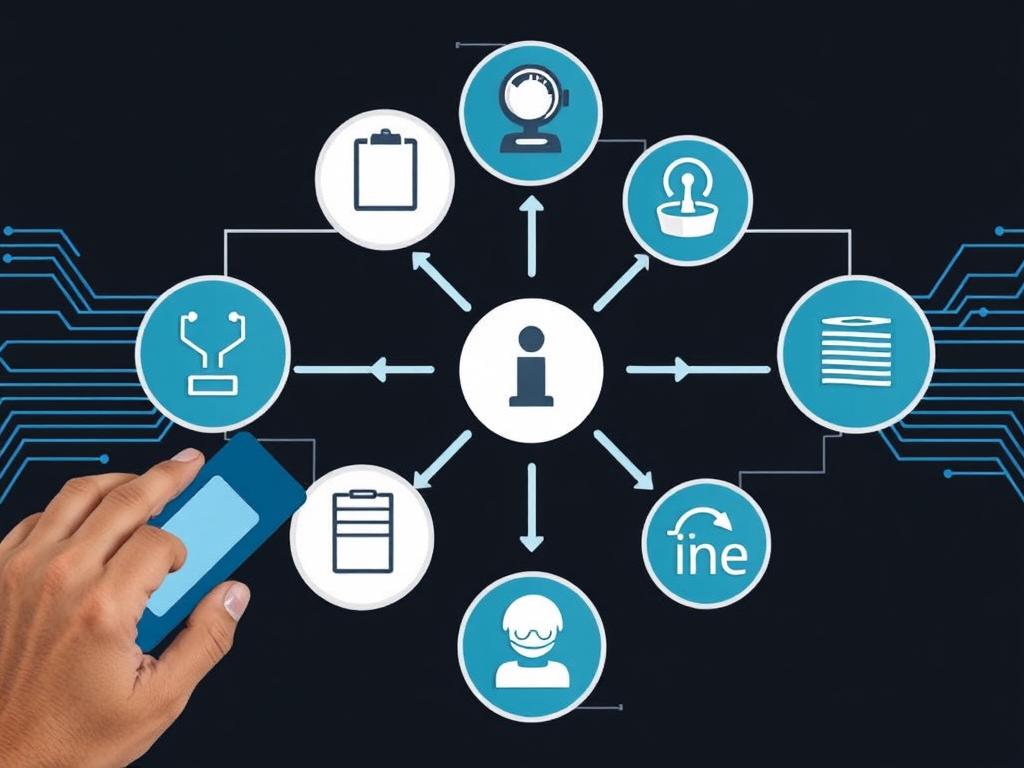
At its core, P2P software enables computers, or “peers,” to connect directly to each other without the need for a centralized server. This means every participant in the network can act as both a client and a server, sharing resources such as files, processing power, or even bandwidth. Unlike traditional client-server models, where one server provides information and multiple clients consume it, P2P software distributes the workload across all connected peers.
This decentralized nature is what makes P2P software both resilient and efficient. Without a single point of failure, the network can continue functioning even if some peers go offline. Additionally, because resources come from many users rather than a central hub, P2P networks can often handle large-scale sharing tasks more effectively.
Key Definitions Related to P2P Software
- Peer: An individual participant in a P2P network that can both request and provide resources.
- Node: Another term for a peer within the network.
- Swarm: A collective group of peers sharing the same file or resource in a P2P network.
- Seeder: A peer that has a complete copy of the shared file and continues to upload/download to other peers.
- Leecher: A peer that is currently downloading the file and may not have the complete version yet.
- Tracker: A server that helps peers discover each other, often used in BitTorrent-based P2P networks.
How Does P2P Software Work?
P2P software functions by establishing various connections between multiple peers. When you use P2P software, your computer becomes part of a larger network, sharing data and resources with others. For example, if you want to download a file using P2P software, your device will simultaneously connect to several peers who already have portions of that file. As it downloads pieces from different sources, your software also uploads pieces to other peers, making you part of the distribution process.
The communication patterns in P2P software vary depending on the network’s design, but most operate on one of two core architectures: pure P2P or hybrid P2P.
Pure P2P Networks vs. Hybrid Networks
| Feature | Pure P2P Network | Hybrid P2P Network |
|---|---|---|
| Centralized Components | No central server; peers discover each other directly | Uses servers (like trackers) to coordinate peer discovery |
| Scalability | Highly scalable but can be slow in peer discovery | Balances scalability with faster peer discovery |
| Fault Tolerance | Very fault-tolerant, no single point of failure | Some reliance on centralized servers |
| Examples | Gnutella, Freenet | BitTorrent, eMule |
Common Uses of P2P Software in Today’s Digital Landscape
P2P software is incredibly versatile and powers many popular applications beyond just file sharing. Here are some common use cases where P2P technology shines:
- File Sharing: Downloading music, videos, software, or documents using platforms like BitTorrent.
- Communication: Voice-over-IP (VoIP) systems, like Skype in its earlier versions, used P2P to route calls.
- Distributed Computing: Projects like SETI@home or Folding@home use P2P software to harness peer processing power for scientific research.
- Blockchain and Cryptocurrencies: The underlying technology of many cryptocurrencies relies on P2P networks for transaction validation and distribution.
- Content Delivery: Businesses use P2P to distribute large files efficiently to many users without overloading central servers.
Advantages of P2P Software
P2P software offers several benefits that have contributed to its widespread adoption. Let’s look at some of these advantages in detail:
- Cost Efficiency: No need for centralized infrastructure lowers operational costs.
- Scalability: Networks can grow without massive investments in server hardware.
- Fault Tolerance: Distributed structure reduces downtime risk due to single point failures.
- Resource Sharing: Allows sharing of not just files but bandwidth and computing power.
- Privacy and Anonymity: Certain P2P implementations offer more privacy by removing central authorities.
Challenges and Concerns Around P2P Software
While P2P software provides many benefits, it also comes with its share of challenges that users and developers must address:
- Security Risks: Peer connections can expose devices to malware or unauthorized access.
- Illegal Content Sharing: P2P is sometimes used for piracy, raising legal and ethical issues.
- Performance Variability: Network speed and reliability depend on peers’ availability and bandwidth.
- Complexity: Setting up or managing P2P networks can require technical knowledge.
- Data Integrity: Ensuring files are not corrupted or tampered with during transfer is crucial.
Types of P2P Software Protocols
P2P software relies on various protocols that define how peers find each other, communicate, and exchange data. Some common P2P protocols include:
- BitTorrent: The most widely-used protocol for sharing large files efficiently by dividing them into smaller chunks.
- Gnutella: One of the earliest P2P protocols enabling decentralized file sharing.
- Freenet: Focused on anonymous file sharing with censorship resistance.
- Direct Connect: P2P file sharing protocol often used for private or niche file-sharing communities.
How to Choose P2P Software Safely
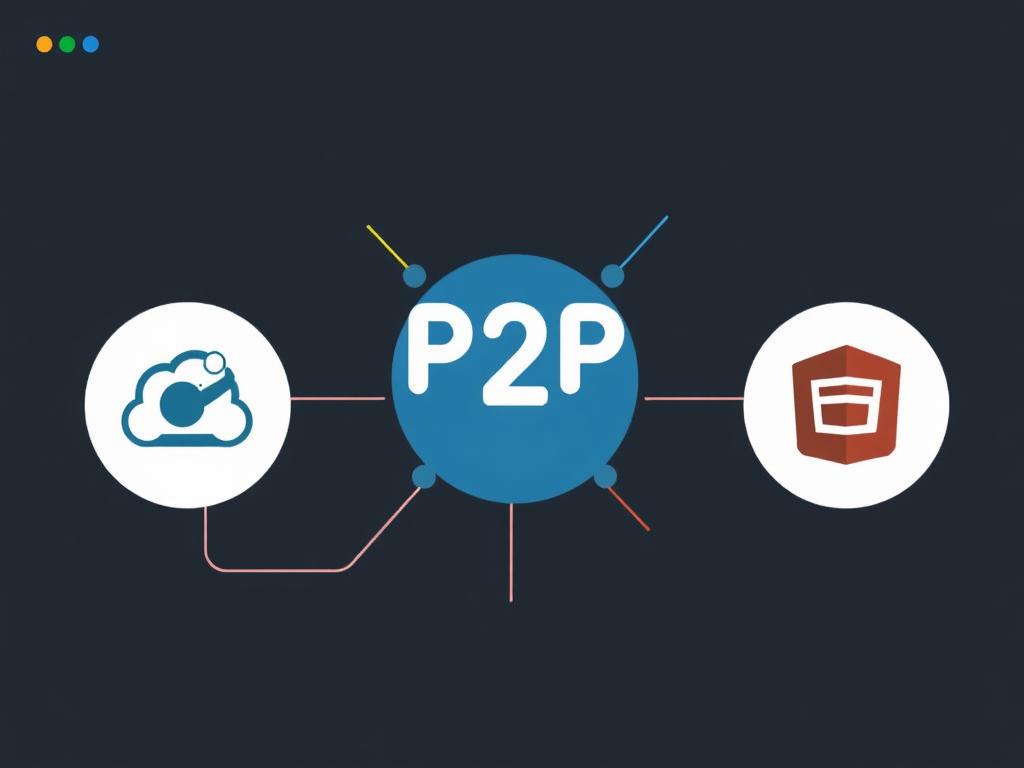
If you’re interested in trying P2P software, it’s important to consider safety and legality. Here are some practical tips for selecting trustworthy P2P applications:
- Use Legitimate Sources: Download software directly from official websites or reputable platforms.
- Check for User Reviews: Learn from others’ experiences regarding software reliability and security.
- Enable Security Features: Use built-in encryption, firewalls, or antivirus software to protect your device.
- Stay Legal: Only share or download content you have rights to and comply with copyright laws.
- Keep Software Updated: Regular updates improve security and performance.
The Future of P2P Software
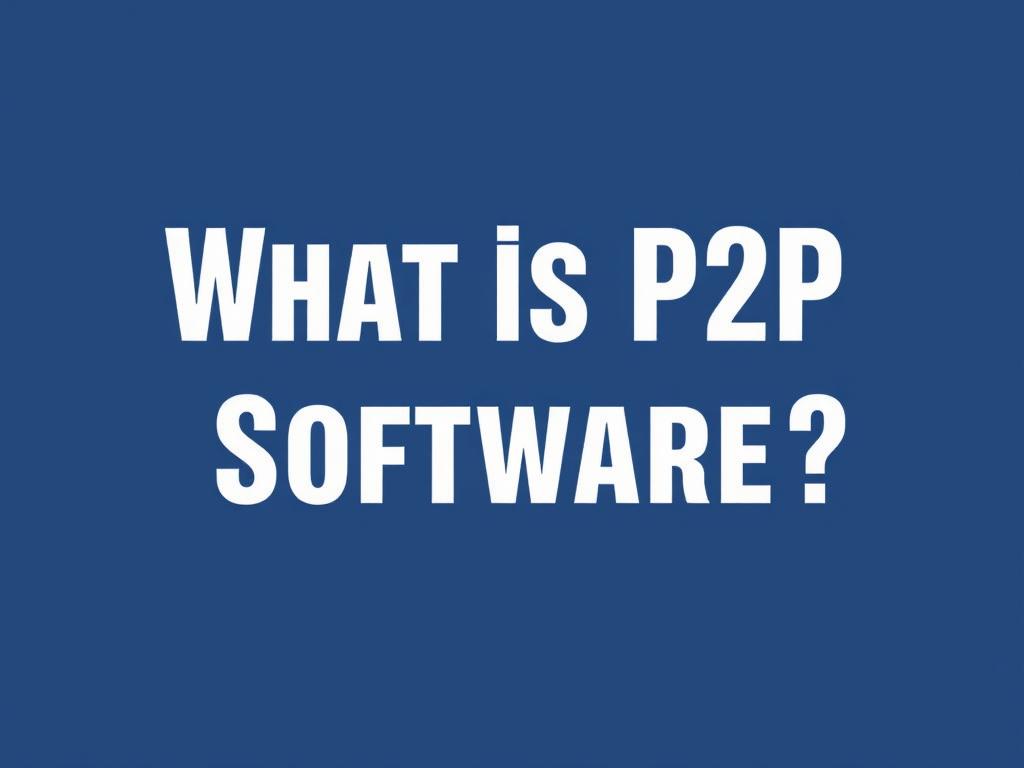
P2P software continues to evolve as new technologies emerge. Developments in blockchain, decentralized finance (DeFi), and distributed storage are expanding the applications of P2P networks even further. The promise of a more open, resilient internet infrastructure drives innovation in this space, with researchers and developers exploring how P2P principles can enable greater user control and reduce reliance on centralized authorities.
Moreover, with concerns about privacy and data ownership growing, P2P software is poised to play a vital role in empowering users while maintaining security and transparency. As devices and internet connectivity improve globally, P2P networks might become even more integral to everyday digital experiences.
Conclusion
In summary, P2P software is a powerful technology that reshapes how computers share resources and information by connecting peers directly. Its decentralized nature offers benefits like scalability, fault tolerance, and cost efficiency, making it popular for file sharing, communications, and distributed computing. While it comes with challenges such as security risks and potential misuse, responsible use and careful selection of P2P software can maximize its advantages. Understanding the key principles and definitions behind P2P software can help you better appreciate its role in today’s digital world and the exciting possibilities it holds for the future.

